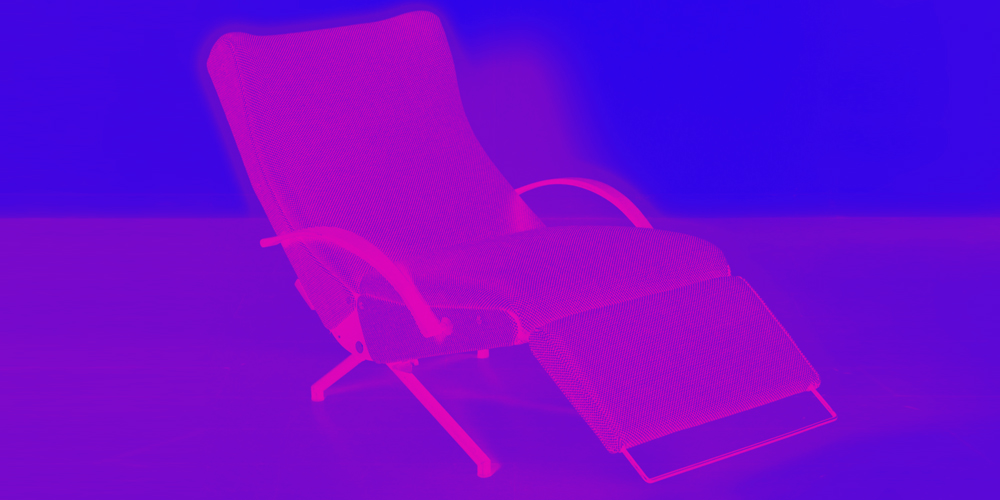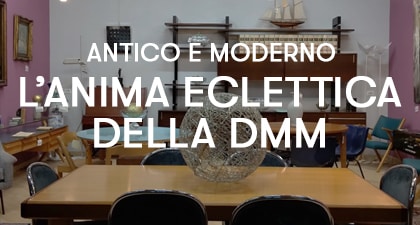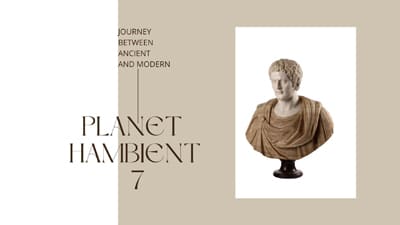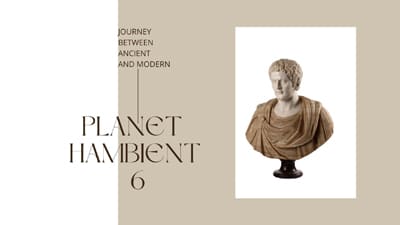
New appointment with the Design Icon: it’s the turn of Osvaldo Borsani’s P40.
If in the United States and Northern Europe industrial design was already experiencing its golden age, in Italy, after World War II, things were very different.
The world of furniture continued to submit to the iron laws of tradition. The furniture was part of the trousseau and was handed down from generation to generation, constituting a sort of family heritage.
Concepts such as “seriality”, “functionality” and “industrial production” were far from being understood.

The country had to be rebuilt and modernized, and, above all, the public had to be re-educated. It was in the city of Milan that designers and architects found fertile ground to start this delicate operation.
In this interesting and stimulating context Osvaldo Borsani played a decisive role. In 1953, together with his brother Fulgenzio, he founded Tecno, a company that strongly contributed to delineating and launching Italian design in the world.
The name chosen by the Borsani brothers is eloquent: it is the contraction of “technique” and “technology”, words that fully express the vocation of Tecno.
The intent was to build technologically advanced furniture, studying new mechanisms and developing the maximum potential offered by materials (traditional and not). They developed furniture designed by man but executable only with the help of the machine; furniture no longer produced in an artisan workshop but in a factory, where the essential intervention of automation in the manufacturing process made them industrial products. All without sacrificing the extraordinary craftsmanship in the treatment of materials, attention to detail and interpretation of shapes, aspects matured by the designer from Brianza during the period of training in his father’s workshop.
The product that fully and absolutely exhaustively represents Borsani’s design credo and the company’s production philosophy is undoubtedly the timeless P40 armchair.
The P40 experienced a long phase of experimentation conducted through the creation of numerous prototypes. With this project Borsani intended to technologically develop the potential of the classic chaise longue (impossible not to think of Le Corbusier’s LC4). The result was a smaller armchair that thanks to a fan tilt system could assume any position, or almost.
A key element of this project is the mechanical coupling. makes the P40 an armchair with moving elements (which allows maximum comfort in a limited space).
It is a “moving furniture” equipped with mechanisms that morphologically change its appearance according to the needs of the user.

The functional, practical and strictly visible mechanism is a kind of declaration of the beauty of the machine. The structure is in pressed sheet metal, the supports in vitrified steel tube, the elastic armrests in rubber and steel. The padding is made of foam rubber, an extremely avant-garde material at the time. The upholstery is available in fabric or imitation leather.
If the coincidence between form and function was one of the ideals on which Borsani had based his design activity, the P40 demonstrated how this can be translated into practice.















